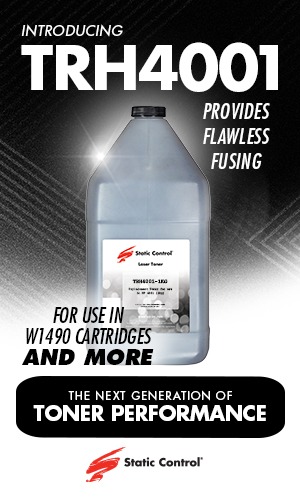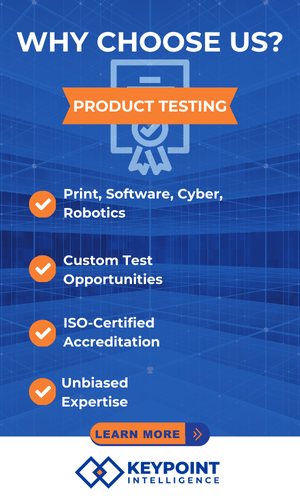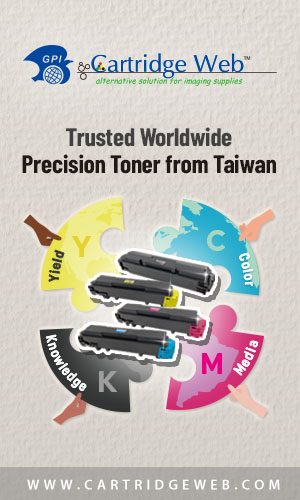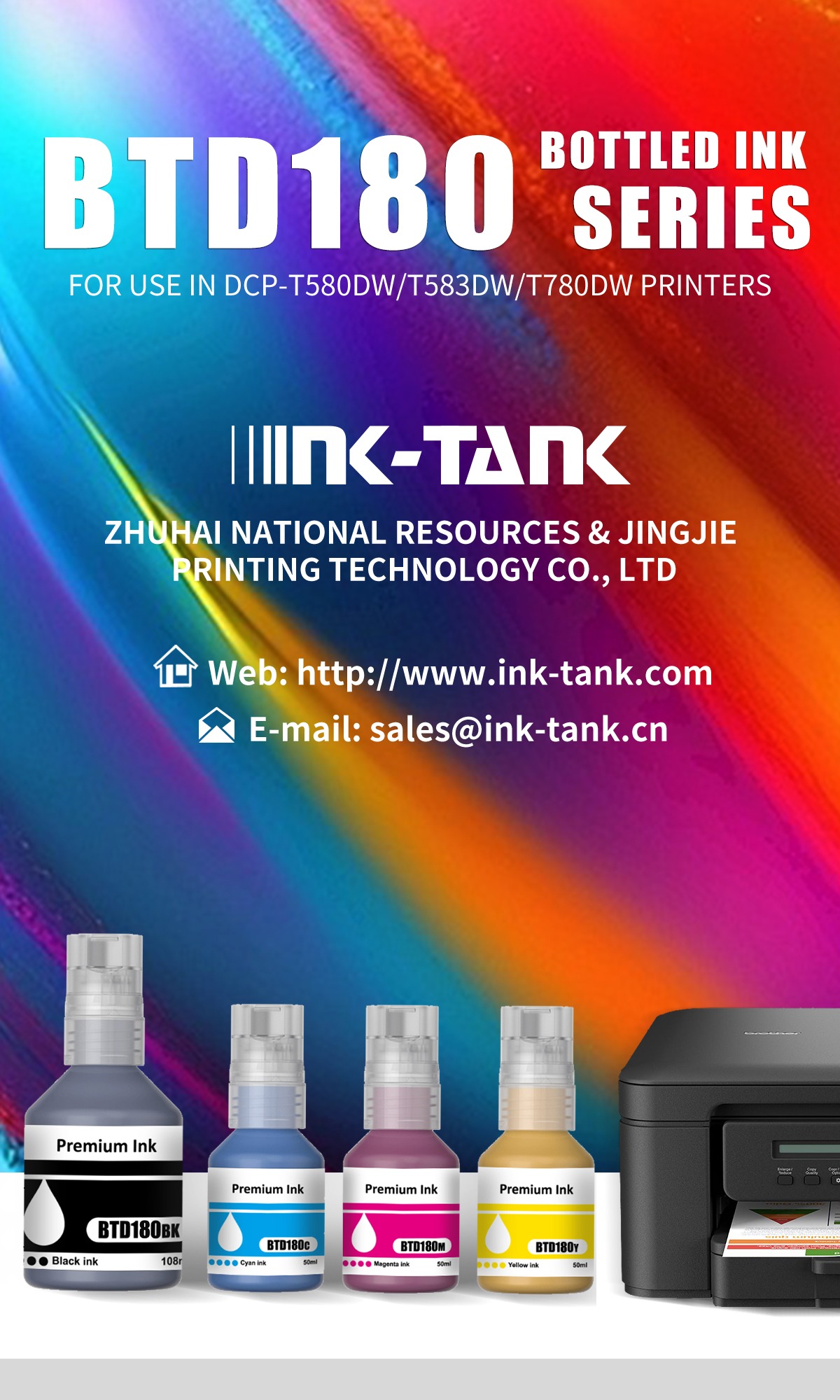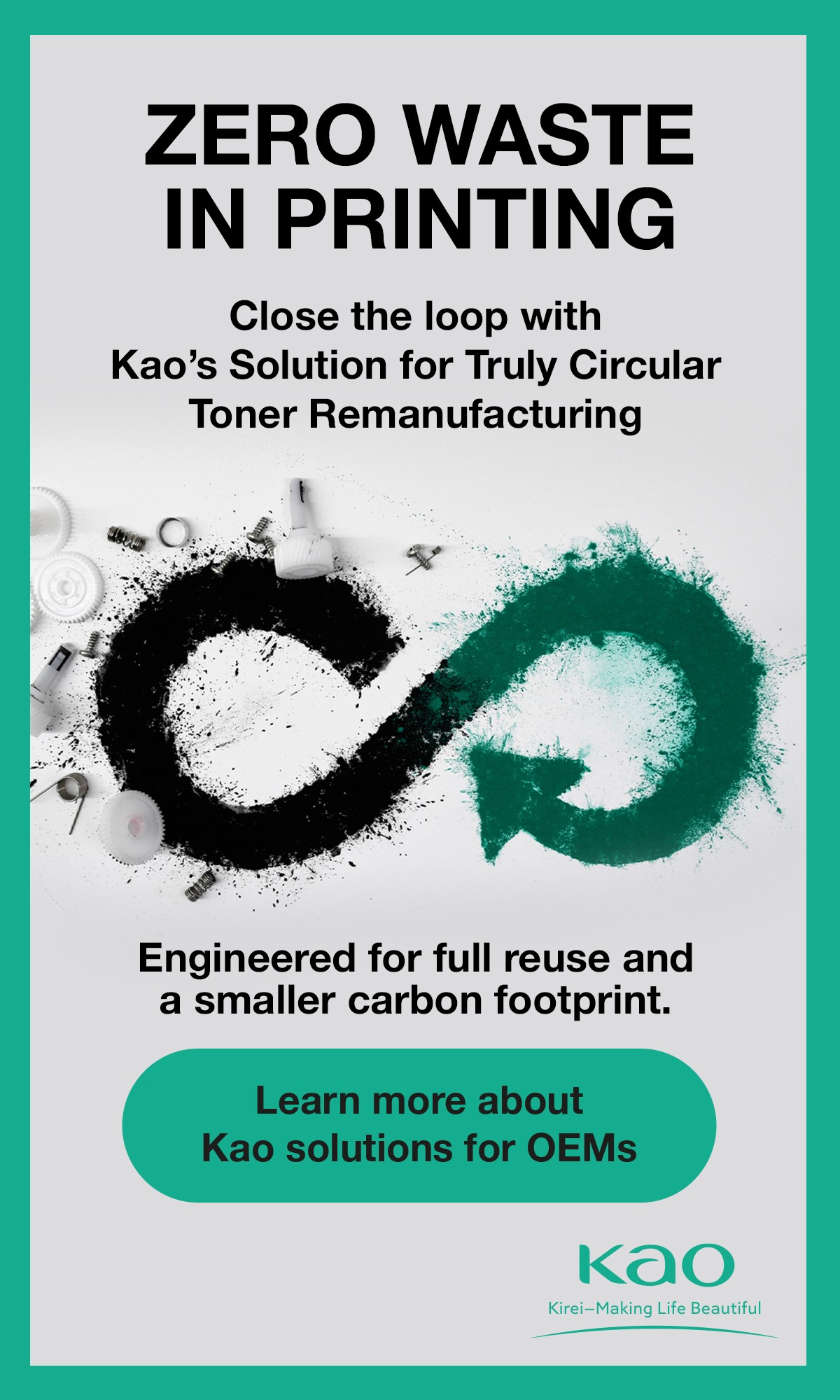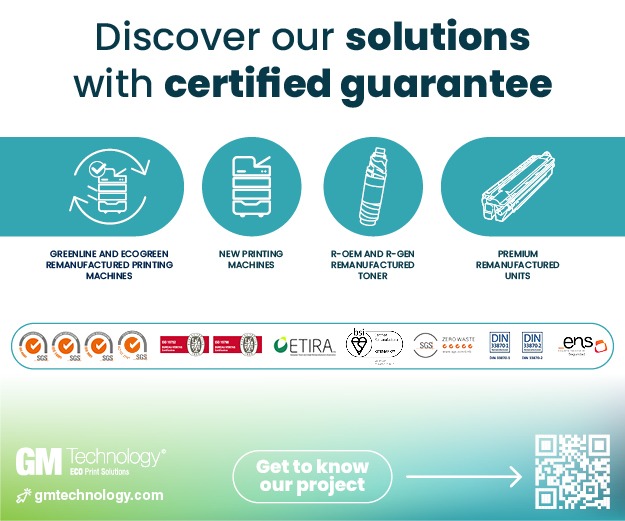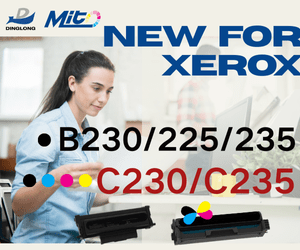 Printer shipments show strong sequential growth in Q3 2020 but remain in recession for year as a whole due to fallout from pandemic, according to CONTEXT’s latest research.
Printer shipments show strong sequential growth in Q3 2020 but remain in recession for year as a whole due to fallout from pandemic, according to CONTEXT’s latest research.
According to the latest research update by CONTEXT, as the West emerged from early lockdowns and the East continued to recover from the initial months of the pandemic, there were rebounds in the Professional, Design and Industrial printer segments with shipments up 9%, 16% and 22% respectively between Q2 and Q3 2020.
However, quarterly totals lagged behind those for 2019 and, for these key groups, were down by 12%, 11% and 21% year-on-year. The robust demand from shut-in consumers and working-from-home professionals for finished-good Personal 3D printers seen in the first half of the year settled down a bit in the third quarter but, although shipments were 7% down on Q2 2020, they were up 2% from the same period in the previous year.
The fourth quarter saw new mitigation efforts in many Western countries. This delayed a more robust rebound, and a significant recovery is not now expected until the second half of 2021 when vaccine distribution has been ramped up around the globe.
“While not as harsh on many businesses as the lockdowns seen in the first half of the year, fourth-quarter shelter-in-place orders still limited international and regional business travel and caused many companies to keep near-term capital expenditure on hold thereby limiting new 3D printer installations and new orders in 2020,” noted Chris Connery, VP of Global Research at CONTEXT. “Nonetheless, many companies have reported strong interest and pent-up demand, sparking expectations of a post-pandemic bump in 2021.”
Industrial
Most all of the top 10 3D printer vendors – including the Western companies 3D Systems, Carbon, EOS, HP, Markforged, Roboze and Stratasys – saw a sequential rise in unit shipments in Q3 2020 with double-digit growth in most cases. China-based companies such as Farsoon, HBD and UnionTech, which were already on their way to recovery in Q2, registered shipment levels rising above those seen a year before. Newcomers to the category like Flashforge, Nexa3D and Origin (recently acquired by Stratasys) also helped improve printer shipments for the quarter.
Design
While June–September is usually the weakest period for Design printer sales, in Q3 2020 shipments rose 16% from their base in Q2. Stratasys and 3D Systems, who lead this category in terms of volume sales, saw nice sequential shipment growth. The other leading vendor in this category, EnvisionTEC, also reported year-on-year revenue growth but noted success more from accelerated utilization rather than by way of increased printer sales thus far.
Professional
Professional 3D printing enjoyed strong demand in H1 2020 from people working from home but this was muted in Q3. While vendors like Markforged, Photocentric, Raise3D, Stratasys (with part of its MakerBot line) and others enjoyed double-digit year-on-year shipment growth, the total number of this type of printer shipped globally was ?12% less than the previous year. The trend toward more feature-rich, expensive products continued, led by unit-volume leaders Ultimaker and Formlabs.
Personal
While historically dominated by the material extrusion FDM/FFF devices that still accounted for 79% of desktop printers sold in Q3 2020, LCD- based vat photopolymerization printers remained a hot category with 42% more of these being shipped globally than the year before. Taiwan’s Phrozen and China’s Longer 3D were standout vendors in this period. Kits (DIY products typically selling for <$500 (€410) continued to take share from fully assembled printers, with China’s Creality remaining far and away the global leader in terms of unit volumes.
2021 and beyond
The industry is itching to showcase itself again at both regional and global events, CONTEXT added. Many companies held back from announcing new products in 2020 in the hope of show-and-tell, in-person launch opportunities in 2021. Major 3D printing events (such as RAPID+TCT, AMUG and FORMNEXT) were cancelled or scaled back in 2020 but are gearing up for strong attendance whenever and wherever allowed to take place in 2021. Companies continue to report new interest from net-new vertical markets and are hopefully anticipating that this interest will turn into capital equipment purchases in 2021 and beyond.
According to CONTEXT, metal binder jetting in the Industrial price-class segment and composite 3D printing in Industrial, Design and Professional price points are key printer segments to watch in 2021 with new and established companies’ alike shipping new printers in these categories.
With Desktop Metal, HP and others joining ExOne and Digital Metal in championing binder jetting for serial production of metal parts, this is a technology that looks likely to make significant advances in the year ahead. New vendors of composites printers – currently dominated by Markforged in the Professional and Design price categories – are set to push this category forward in the coming year as well. Portfolio expansion – best exemplified by Stratasys’ expansion of their SLA efforts and forthcoming entrance into powder bed fusion polymers – should also help re-grow the global 3D printer market.
Other companies look set to grow by focusing on existing technologies and industries that have already adopted 3D printing: for example, 3D Systems has taken the strategic decision to focus on Healthcare (including dental) and Industrial markets (such as for volume-serial production) with progress already announced against that goal in Q4.
CONTEXT concluded that in the longer term, metal and polymer printers focused on volume production are set to lead the growth of the 3D printing industry. Revenue growth from Industrial 3D printer system shipments (which accounted for 63% of global hardware revenues in Q3 2020) are projected to increase by a solid 15% year-on-year in 2021 and see a four-year CAGR of 19% to 2024. Within that, strong areas of bullishness are technologies specifically focused on volume production, including powder bed fusion (SLS, MJF, HSS, etc.) and vat photopolymerization (SLA, DLP, DLS/CLIP, etc.) for polymers, and binder jetting for metals.







